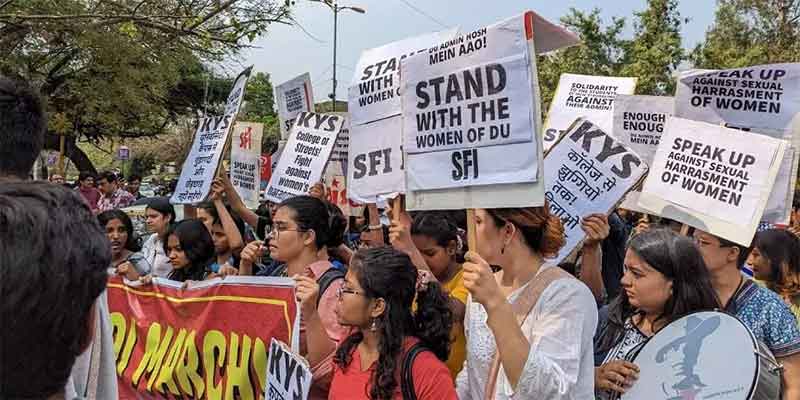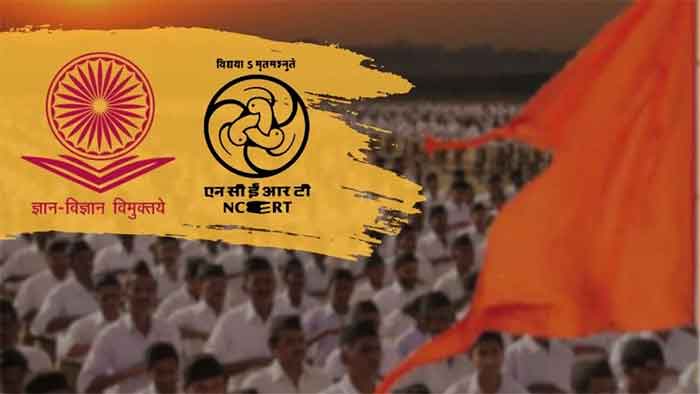
Children cannot come to school. But schools can go home. CSOs working on education have urged the Odisha government to clarify mechanisms and modus-operandi of recently announced Shiksha Samparka scheme and to initiate remedial classes to bridge the learning gap among children.
As per the government report, there are only 2.2 million school children out of around 6 million, who could get the benefit from the state government’s online classes such as Shiksha Sanjog, due to the lack of required digital resources, poor teledensity and lack of available internet infrastructure in rural Odisha.
What Odisha government can take from Atmashakti’s remedial classes as well as Sikkim’s homeschooling model?
We are at present running remedial classes in 359 centres in 15 operational districts where there is a large chunk of Tribal and Dalit population. Mostly, we run our remedial classes in clubhouses, community-centres nearby their habitations with a maximum of 5 to 6 children. Subsequently, we have engaged around 300 local youths along with our 87 Sangathan members who take a two-hour class.
Most importantly, these volunteers do not have to travel far for teaching what otherwise could be a barrier may cause hassle for them as many of the places have been declared lockdown or complete shutdown.
“The Sikkim Government’s homeschooling model is also something similar to our efforts that the Odisha government can think of replicating it. Under the homeschooling model, teachers will visit student’s house with all resources to teach them. Also, the education department of Sikkim has meticulously mapped out the location of every government school teacher and have assigned them areas.
“A teacher living in a village may be employed in another village or district. But now they are asking their counterpart in that village to take over their students and vice versa. Why the Odisha government cannot adopt a similar sort of that practice?” asks Mr Anjan Pradhan, Convener of Odisha Shramajeebee Mancha under the aegis of which these remedial classes are running.
The pupil-teacher ratio is also something that remains a bone of contention in Odisha. In February 2020, Odisha School and mass education minister Samir Ranjan Dash informed the Odisha Assembly that of the 46,332 primary and upper primary schools, 18,589 do not have headmasters. In 8,076 high schools, there is a vacancy of 11,588 assistant teachers. Therefore, engaging local educated youths as volunteers will be a viable option to fill the existing pupil-teachers ratio gap which is now 46:1 in the state and the 10:1 teaching-learning model that the government is trying to start through Shiksha Samparka scheme will fall short if volunteers are not engaged. Further, this arrangement will also serve crucial as 71.8% of the school children are from the Scheduled Castes and 78% from the Scheduled Tribes out of the total 6 million children who study in government schools.
Why remedial classes
The National Achievement Survey(NAS) conducted by the National Council of Education Research and Training (NCERT) in 2018 found that only 53% of students in Odisha were able to answer questions on the basic competencies correctly. Similarly, the Annual Status of Education Report (ASER) (Rural), 2018 revealed that only 33.1% students of Class 5 could recognise numbers between 10 and 99 while just 24.5% could do subtraction.
Recently, we also did a study of 2,851 school children of class III, Class V, and Class VIII, to assess the learning outcome of the children studying in government schools in 17 districts of Odisha. The study reveals that out of 845 school students of class VIII, who took the English language test, 48% were below the expected standard. In mathematics, it was 45%. Learning level of children in Odia, seems better, at 79%. It is a big problem, as many children have not had class-appropriate learning, despite Odia being their mother tongue.
The learning level of class III and V of the state is also equally worrisome. Out of 1,088 students in Class V, 59% failed to meet the required learning level in English, 53% in mathematics and 31% in Odia language. Similarly, out of 918 students of Class III who appeared for the test, 43.42% and 26.54% of them need remedial lessons to have class-appropriate learning level in mathematics and Odia respectively.
In 2017, the Odisha government launched Learning Enhancement Programs (LEPs) Ujjwal and Utkarsha for improving learning levels of children in primary and secondary classes respectively which aimed at to cover at least 40 lakh children under this programme. But this has grossly been unsuccessful.
“The startling statistics call for a doorstep remedial classes for the low performing students so that they can catch up with their peers when they return to school after reopening and there can be no better opportunity than this lockdown to start the remedial classes”, said Ms Ruchi Kashyap, Executive Trustee of Atmashakti Trust.
SIGN UP FOR COUNTERCURRENTS DAILY NEWSLETTER

















































